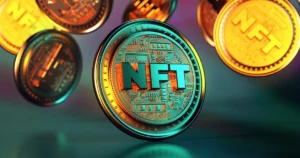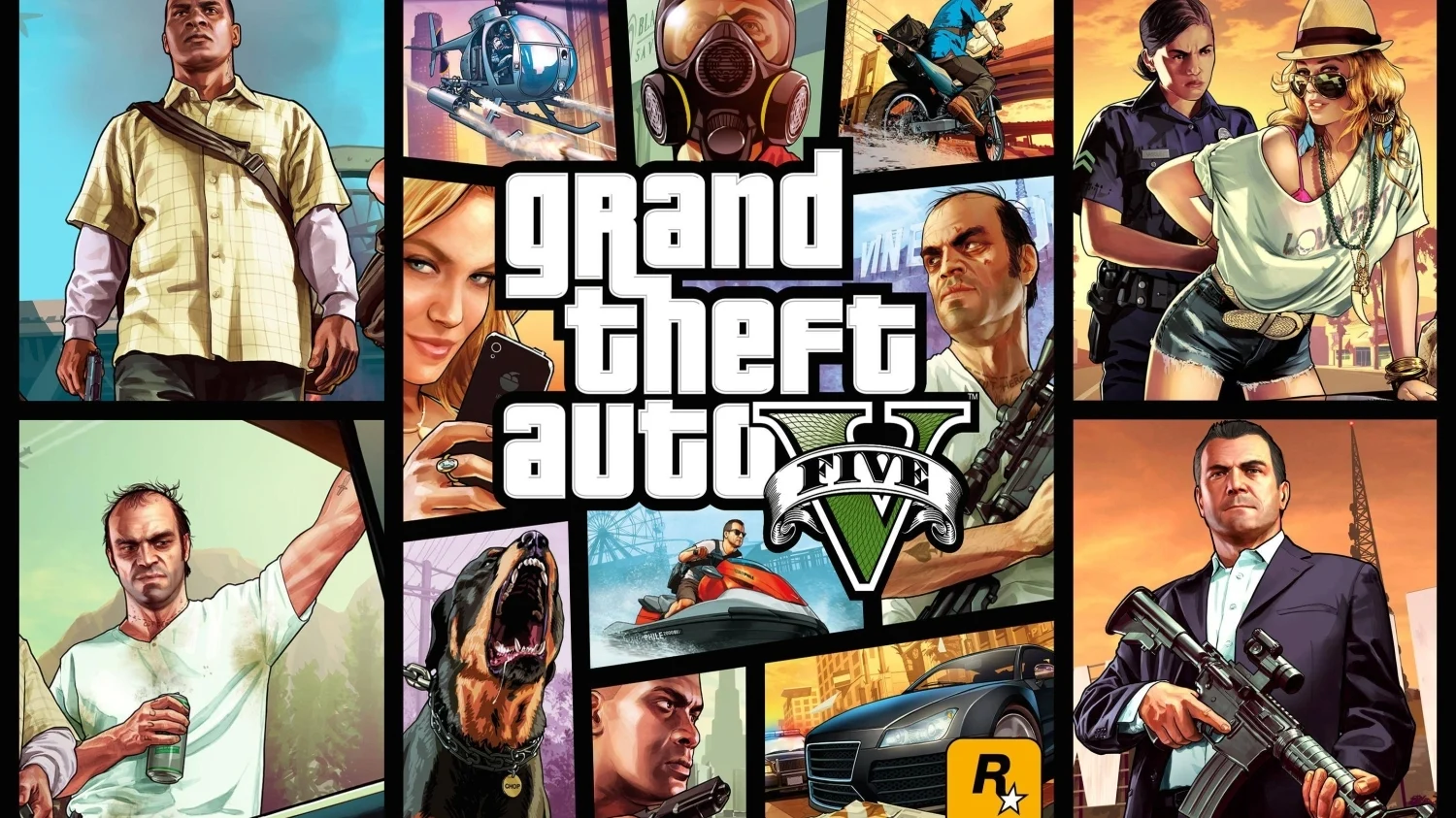The Intersection of Art and Blockchain Technology
At the intersection of technology and creativity, NFTs operate within blockchain networks to cement digital ownership of unique pieces of art. Through blockchain’s decentralized and transparent nature, artists and creators can directly reach their audience without intermediaries, while retaining control over their work. NFTs inherently resist replication due to their unique digital identifiers, securing artistic integrity and providing proof of original ownership.
NFTs: A Boon for Artists
For creators, NFTs have emerged as a significant game-changer. The traditional art market often witnessed creators struggling to gain recognition and reap financial rewards proportionate to their efforts. With NFTs, artists can unequivocally verify their work’s origin and ensure they receive royalties every time their art is resold. This direct connection between creators and purchasers not only grants artists financial independence but also recognizes their contributions more accurately.
Fuelling the Digital Art Market
While art has been an agent of societal dialogue and change for centuries, it’s the method of distribution that has evolved with NFTs. Digital art marketplaces have sprung up in the form of platforms like OpenSea, Rarible, and Nifty Gateway, where creators can mint, buy, and sell NFTs. Noticeably, NFT sales volume has witnessed a meteoric rise, reaching nearly $2.5 billion in the first half of 2021 alone.
The Upside of Unique Ownership
With NFTs, art enthusiasts can now own ‘original’ digital artworks, something that was formerly an implausible concept due to the digital sphere’s proliferative nature. This unique ownership is appealing to both art aficionados and investors alike. For the latter, NFTs not only hold the potential for financial gain but also enable involvement in social and cultural movements, contributing to the evolution of digital art and its recognition.
The Path Ahead: NFTs and the Art World
As we look ahead, the possibilities for NFTs in the art world seem infinite. The integration of virtual and augmented reality to create immersive art experiences, the incorporation of artificial intelligence with creativity, or even the convergence of music, art, and technology — could all expand the NFT frontier. However, crucial issues regarding environmental impact, copyright infringement, and market volatility will need careful navigation and problem-solving discourse.
In conclusion, NFTs are transforming the art world, ushering in an era of innovative art distribution, unique ownership, and creator autonomy. As with any revolution, challenges are part and parcel of change, but the potential benefits signify a major breakthrough in the democratization and appreciation of art.





